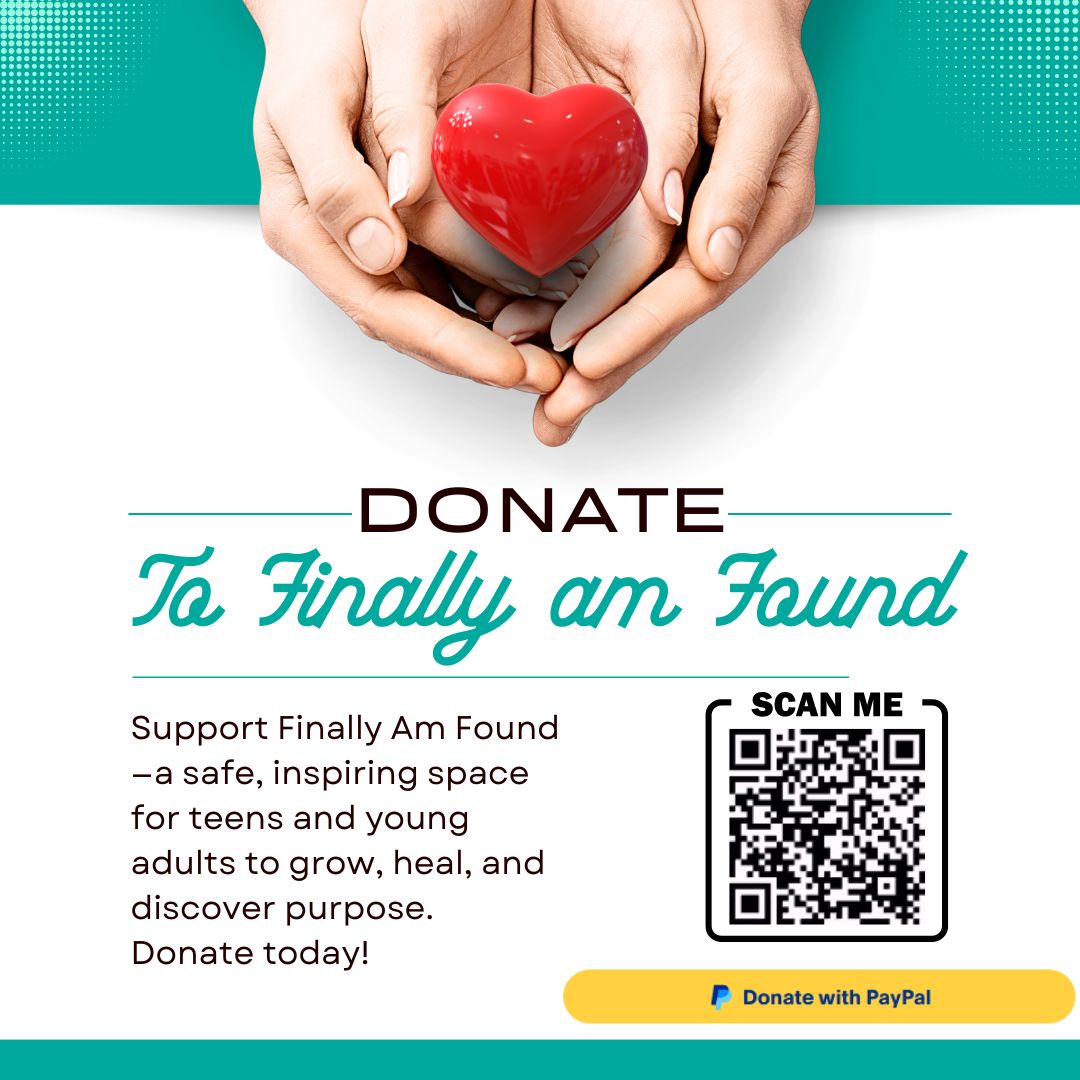Bullying is a widespread issue that impacts individuals of all ages, causing lasting emotional harm. It occurs in various settings such as schools, workplaces, and online. This article explores the different forms of bullying, the motivations behind it, the impact on victims, and effective prevention strategies to foster healthy relationships in all environments.
Bullying in Different Settings
- Schools
Bullying in schools can happen in classrooms, playgrounds, cafeterias, or online. It can be perpetrated by students, teachers, or other school staff. - Workplaces
Workplace bullying can occur between colleagues, supervisors, or clients. It manifests as verbal or physical abuse, humiliation, or sabotage. - Online (Cyberbullying)
Cyberbullying takes place via social media, email, text messages, or online forums, involving harassment, threats, or spreading false information.
Misconceptions About Bullying
Common misconceptions about bullying include:
- Bullying is a natural part of human interaction and shouldn’t be treated seriously.
- Individuals who are bullied are too sensitive and should toughen up.
- Online trolling and other forms of bullying are harmless jokes.
- Bullying is a rite of passage that helps develop resilience.
- Bullying establishes social hierarchy, and addressing it disrupts natural dynamics.
- Bullies are inherently bad people.
- Bullying only happens in schools.
Types of Bullying
- Physical Bullying
This includes violence or intimidation, such as hitting, pushing, or stealing. Physical bullying is often the most visible and can lead to significant harm. - Verbal Bullying
Verbal bullying involves name-calling, teasing, or threats, aimed at demeaning the victim and often causing lasting psychological damage. - Social Bullying
Also known as relational bullying, this form focuses on damaging someone’s reputation or relationships. It includes spreading rumors, exclusion, or public humiliation. - Cyberbullying
With the rise of technology, cyberbullying has become increasingly prevalent. It involves using digital platforms to harass or intimidate someone, often anonymously. The constant connectivity of social media can make this form of bullying particularly relentless. Online bullying, or cyberbullying, can take many damaging forms, often just as harmful as traditional bullying. Common tactics include harassment, where bullies send repeated threatening messages; impersonation, which involves creating not real accounts to post harmful content; and spreading rumors through social media and forums. Doxxing exposes private information without consent, while exclusion isolates individuals from online groups or chats. Cyberstalking entails persistent unwanted contact, causing fear and anxiety. Bullies may also engage in body shaming through derogatory comments about appearance, share embarrassing content without consent, troll by provoking reactions on online communities, or use technology to control victims by monitoring their activities. Understanding these forms of cyberbullying is crucial, as their impacts can severely affect the mental health and well-being of those targeted.
Who Are Bullies?
Why Do Bullies Bully?
Bullies are individuals who engage in aggressive or harmful behaviors to assert power, control, or dominance. They can come from any background, age group, or profession. Understanding the motivations behind bullying is crucial for prevention efforts. Some common characteristics of bullies include:
Lack of Empathy
Bullies often have difficulty understanding or caring about the feelings of others.
Insecurity or Low Self-Esteem
Bullies may use aggressive behavior to compensate for feelings of inadequacy or insecurity.
Desire for Power or Control
Bullies may use their behavior to assert dominance or control over others. Some individuals bully to exert power over others, often to gain social status or acceptance among peers.
Frustration or Anger
Bullies may use their behavior to express frustration or anger, often unrelated to the victim.
Learned Behavior
Bullying can be a learned behavior from family, peers, or media influences.
Past Trauma
Past trauma can lead to bullying in several ways. Traumatized individuals may struggle with emotional regulation, leading to increased stress, anxiety, or irritability that can manifest as aggressive behavior, including bullying. Additionally, people who have experienced trauma may adopt aggressive behaviors as a way to cope or regain a sense of control, or they may project their feelings of powerlessness, anger, or shame onto others, becoming bullies themselves.
Reactive Living
Bullies engage in reactive living by acting impulsively based on immediate emotions like anger and seeking validation from peers, which often leads to bullying for social status. Their lack of self-reflection prevents them from recognizing the impact of their actions, creating a cycle of aggression and avoidance of responsibility. Additionally, their inability to manage emotions and lack of empathy hinder their understanding of the pain they inflict, emphasizing the need to address these issues for healthier relationships.
Impact of Bullying
The consequences of bullying can be severe and long-lasting:
- Emotional and Psychological Effects: Victims often experience anxiety, depression, or post-traumatic stress disorder (PTSD).
- Loss of Self-Esteem: Bullying can damage a person’s self-confidence, self-worth, or identity.
- Social Isolation: Bullying can lead to social withdrawal, isolation, or decreased participation in activities.
- Physical Harm: Physical bullying can cause physical harm or injury.
- Academic Consequences: Students who are bullied may struggle with concentration, leading to declining grades and school attendance issues.
- Long-Term Effects: The effects of bullying can extend into adulthood, influencing mental health, relationships, and career prospects. Many adults who were bullied in childhood report ongoing struggles with trust and self-worth (traumas).
Bullying can have significant negative effects, including those who engage in online bullying. Not only on the victims but also on the bullies themselves. Emotionally, bullies may experience guilt, regret, increased anger, and low self-esteem, despite often projecting confidence. Socially, they may face isolation, loss of friendships, and develop a negative reputation, which can tarnish their ability to build positive relationships. Academically, engaging in bullying can lead to decreased performance and hinder future job prospects, as employers often seek candidates with positive interpersonal skills. Mental health challenges are common, with bullies facing heightened risks of anxiety, depression, and substance abuse as coping mechanisms.
Prevention Strategies
- Education and Awareness
Schools and workplaces should implement programs that educate about the effects of bullying. Awareness campaigns can help create a culture of empathy and respect. Training staff, teachers, and peers to recognize and address bullying can make a significant difference. Immediate intervention can deter bullies and support victims. - Open Communication
Encouraging victims to speak up about their experiences is crucial. Establishing safe channels for reporting bullying can empower individuals to seek help. - Establishing clear policies and procedures: Develop and enforce policies that address bullying behavior.
- Encouraging Bystander Intervention
Teach bystanders how to safely and effectively intervene in bullying situations. - Promoting Kindness and Inclusion
Initiatives that foster kindness, inclusion, and teamwork can counteract bullying behavior. Creating a supportive environment can help reduce instances of bullying. - Providing Resources
Providing resources such as counseling or support groups can help victims of bullying heal and regain confidence, supporting them through various forms of help and care. - Cyberbullying Prevention
Young people can prevent cyberbullying by taking proactive steps to protect themselves online. They should adjust privacy settings on social media to limit who can view or interact with their posts and be cautious about sharing personal information, such as home addresses or phone numbers. It’s important to choose friends carefully, only accepting requests from people they know and trust, while avoiding strangers. If cyberbullying occurs, they should block and report the bully to platform administrators and refrain from engaging with negative comments, as it can escalate the situation. Keeping evidence like screenshots and messages is useful when reporting the issue. Lastly, they should talk to trusted adults, such as parents or teachers, for support and guidance on handling bullying.
Healing and Moving Forward
Addressing Misconceptions
First, let us address the misconceptions. To address the argument that bullying is a natural part of human interaction, it’s important to emphasize that while conflicts may arise in social interactions, bullying is a harmful behavior that can have long-term negative effects on individuals. By promoting empathy, respect, and healthy communication, we can create a more positive social environment.
In response to the claim that individuals who are bullied are too sensitive, it’s important to highlight that bullying can have serious psychological and emotional impacts. Encouraging resilience is important, but it’s equally crucial to create a culture of kindness and support to prevent harm.
Regarding the perspective that some forms of bullying are harmless jokes, it’s essential to recognize the potential harm caused by such behavior. Online trolling, for example, can lead to cyberbullying and have significant repercussions on mental well-being. It’s important to promote responsible and respectful online behavior.
To counter the argument that bullying is a rite of passage, it’s important to highlight that individuals can develop resilience and coping skills through positive experiences and support, rather than through enduring harmful behavior. By fostering a nurturing and inclusive environment, we can help individuals develop healthy coping mechanisms.
In response to the belief that bullying helps establish social hierarchy, it’s important to emphasize that promoting a culture of respect and understanding does not undermine social dynamics. Instead, it creates a more equitable and supportive community for everyone.
Understanding the Bully
It’s easy to paint bullies as inherently “bad” or “evil.” However, many bullies are acting out of their own pain, insecurities, or lack of healthy coping mechanisms. That doesn’t excuse their behavior but offers a deeper perspective. Often, those who bully have experienced their own forms of hurt or abuse, leading them to inflict pain on others as a misguided way of asserting control.
While schoolyard bullying is widely recognized, bullying happens in various environments: at work, within families, and even in social circles. Workplace bullying, for example, can be just as harmful as childhood bullying, leading to stress, anxiety, and a toxic atmosphere.
The Impact of Negative Energy
A bully often projects negative energy outward in an attempt to shield themselves from inner pain. This energy stems from disturbed souls, emotions like fear, anger, or jealousy. For victims, being on the receiving end of this energy can lower their own sanity state, leading to feelings of worthlessness, anxiety, and depression.
To the Bully
This dual approach requires a shift in our understanding of the dynamics at play. Instead of viewing bullies as mere perpetrators of harm, we must recognize them as individuals often wrestling with their own pain, insecurity, and unmet needs. It’s crucial to ask ourselves what drives someone to inflict hurt on others. Often, bullies mirror the experiences they have faced—whether it’s a turbulent home life, social pressures, or a desperate need for control in a chaotic environment.
By providing support and resources to bullies, we can help them to unpack their emotions and experiences. Counseling, mentorship, and the opportunity to engage in positive social activities can illuminate healthier pathways for expressing themselves—a chance to build empathy rather than tear others down. When we invest in understanding the roots of their behavior, we can guide them toward making better choices and developing strong interpersonal skills.
Dear loving one, People call you a bully,
I wanted to take a moment to reach out to you because I’ve noticed something that’s been on my mind lately. I’ve seen how you interact with others, physically and online, and I feel like there’s more going on than what people see on the surface. I’m not here to judge or call you out, but I want to understand and help if I can.
Sometimes, when we act out or say things that hurt others, it’s because we’re going through something tough ourselves. I don’t know if that’s true for you, but if it is, I want you to know that you don’t have to carry that weight alone. Are you feeling powerless, confused by family dynamics, dealing with personal trauma, feeling insecure, or scared? Perhaps you’re seeking attention, trying to assert your dominance, or attempting to elevate your social status? Bullying becomes a way to cope or mask your pain as you project it onto others as a form of release. But in doing that, you are hurting yourself more as you hurt others, and this masks your real, authentic self. That’s not kind, as human beings are supposed to exist peacefully despite their differences. Over time, being aggressive and hostile toward others can isolate you, damage your relationships, and even affect your emotional and mental well-being. There are better ways to cope that you only have to choose. Breaking the cycle of bullying starts with a single step: “I apologize.”
Please take a moment to reflect on your behavior and consider the impact it’s having on others. I want you to think about the reasons behind your actions and the kind of person you want to be. I’m here to listen if you ever want to talk about what’s been bothering you or why things feel overwhelming at times. As we discover the real you, I think you’re capable of greater things than what people might think of you right now.
It’s important to remember that every interaction we have with others leaves a mark. We can choose to leave a positive mark by showing compassion, lifting others, and finding common ground.
At the end of the day, you matter. And so does the way you treat others. I hope you can find it in yourself to make a change for the better because I know you can. God loves and cares about you.
Take Care.
To the Victim
Recognize the bully’s motivation: Often, bullies project their own insecurities or unresolved issues onto others. Understanding that bullying is more about the bully’s problems than the victim can help depersonalize the attack.
Build Self-Worth: Focus on strengths, talents, and positive relationships to build self-esteem. When someone has a strong sense of self-worth, it becomes easier to dismiss hurtful comments or insults.
Stay Emotionally Detached: Practice not reacting emotionally to hurtful messages or insults. Remain calm and remind yourself that these words do not define you.
Seek Perspective: Talk to trusted friends or adults to gain an outside perspective. They can provide support and remind you that the bully’s words don’t hold power over your value.
Focus on Positive Connections: Surround yourself with supportive people who lift you up. When you have a network of positive influences, it’s easier to ignore the negativity of bullies.
Breaking Free from the Cycle
Breaking free from the cycle of bullying, both for the bully and the victim, requires deep healing and self-awareness. It often requires compassion—not just for the victim but for the bully as well. This doesn’t mean condoning the behavior, but understanding that many bullies are deeply wounded. By approaching the situation with empathy, you open the door to healing for both parties.
Key Ways to Move Forward:
- Therapy and Counseling:
Therapy can help both bullies and victims address underlying issues such as trauma, self-esteem, and emotional regulation. For the bully, it’s essential to unpack what drives their need for control and power over others. For the victim, therapy can help rebuild confidence and develop strategies for coping with the emotional aftermath of bullying. - Mindfulness and Meditation:
Practices like mindfulness and meditation can help individuals connect with their true selves and heal from the pain of bullying. For bullies, mindfulness allows them to become aware of their actions and understand the emotions driving them. For victims, meditation offers a way to regain inner peace and restore self-worth. - Breaking Generational Patterns:
To prevent the continuation of bullying behaviors, it’s vital to address and heal family dynamics that contribute to cycles of abuse or control. Open communication, family therapy, and conscious parenting can play a big role in breaking these generational patterns and ensuring that the next generation grows up in a healthier environment. - Compassion and Forgiveness:
Forgiveness is a powerful tool in healing from bullying. This doesn’t mean excusing the bully’s behavior, but rather releasing the grip of resentment, anger, or pain. For bullies, self-forgiveness is just as important, as many carry shame and guilt long after their bullying days are over. - Confide in God:
If you can’t open up to anyone else, believe that God can help in more ways than you can imagine, whether you are a bully or a victim. Healing is paramount for a fulfilling life. He sees your struggles, understands your pain, and takes note of your yearning for change and to heal. Whether you stand tall with pride or feel small in the shadows, know that the path to healing is illuminated by your faith in Christ.
Conclusion
In light of the above, let us endeavor to establish supportive environments that discourage bullying behavior while also facilitating healing for both the victim and the perpetrator. We must nurture a culture of kindness and respect. It is essential for collective efforts from individuals, families, schools, and communities to come together in addressing this pervasive issue, ensuring that everyone can experience a sense of safety and worth.
Prayer
Lord, I acknowledge my actions and the harm I have caused. I ask for Your forgiveness for the words and behaviors that have hurt others. Sometimes, I act out of my own pain and insecurities, and I recognize that this is not an excuse for my actions. Help me to confront my own struggles and find healthier ways to cope. Teach me empathy so I can understand the feelings of others and choose kindness instead. Lord, I long to change, and I ask for Your guidance to help me become a better person. May You heal those I have hurt, help them to forgive, and grant them grace to heal.
In Christ’s name, I pray and believe,
Amen.
Hey, I’m Angeline, your RN and founder of Finally Am Found. With a heart for mentorship, I’ve been guiding teens and young adults since 2017. As a Registered Nurse, I blend medical expertise with personal experiences to create a Christ-aligned space for self-discovery. Connect with Angeline on Facebook and let the journey to self-discovery begin!

















Your words act as a bridge, connecting the reader to a greater understanding of the world and themselves.
Thank you Blogi Edukacyjne